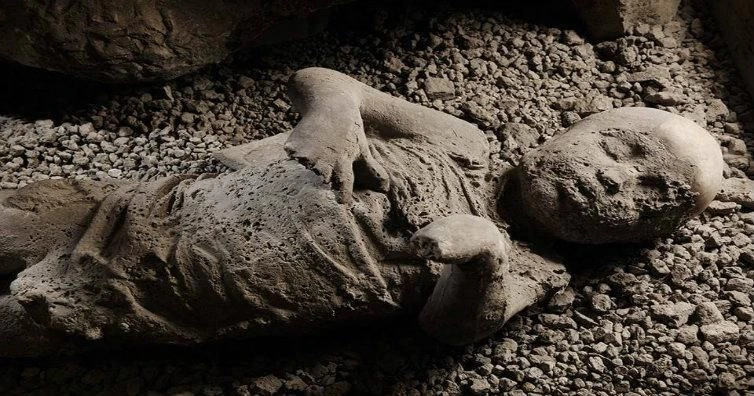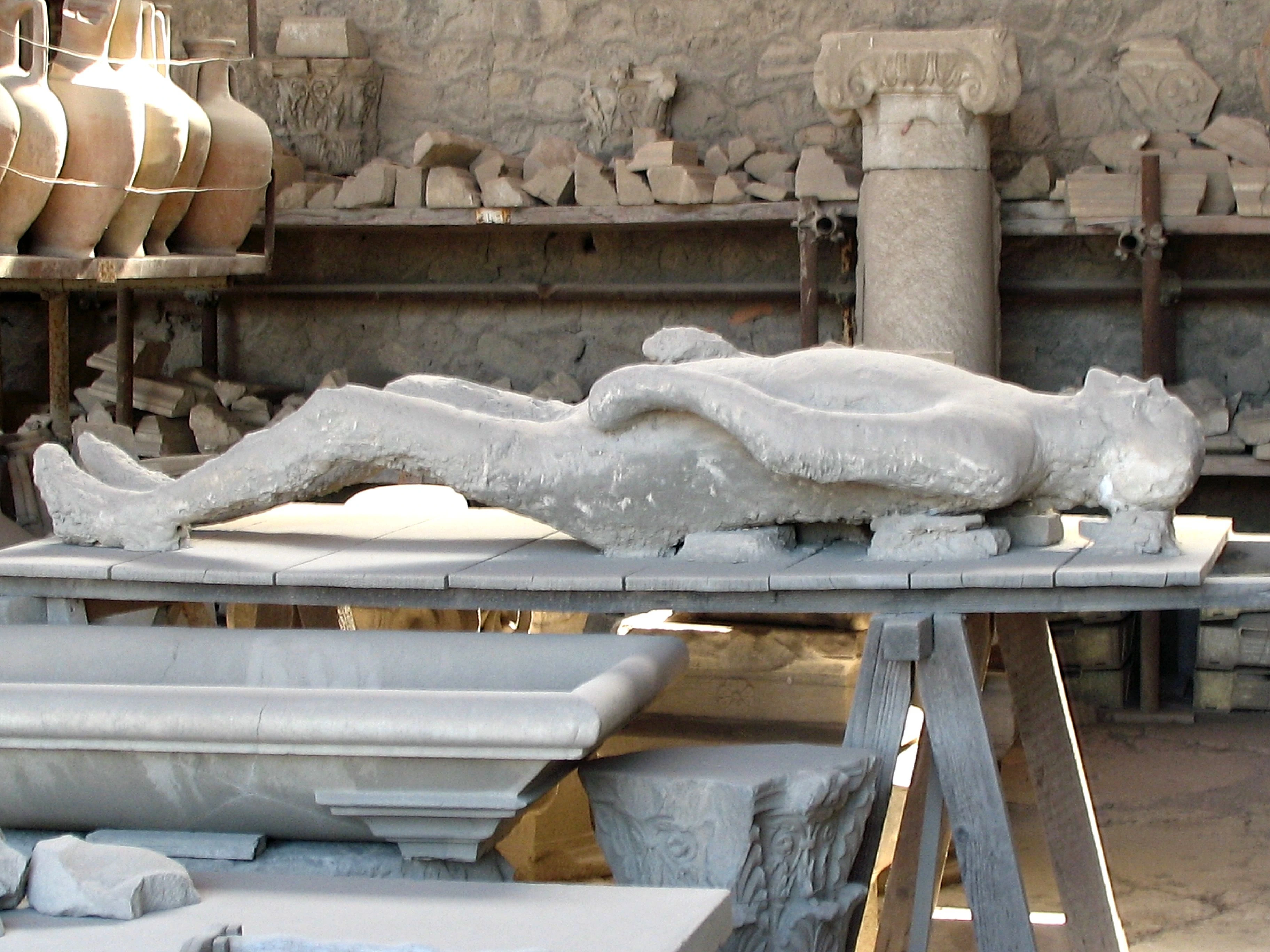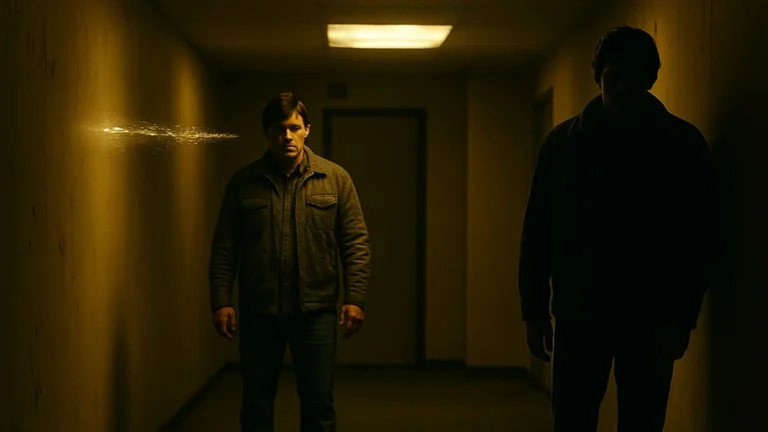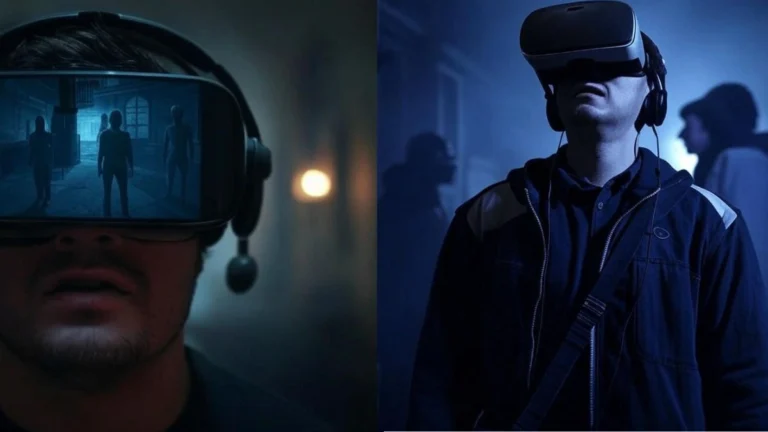The ancient city of Pompeii, frozen in time by the eruption of Mount Vesuvius in 79 AD, continues to fascinate historians and archaeologists. The preserved bodies of its inhabitants offer a haunting glimpse into the past. Here are 15 bizarre things most people don’t know about these bodies and what they reveal about life and death in Pompeii.
They Prove Pompeii Was As Diverse As Modern Day New York City
The preserved bodies and artifacts found in Pompeii reveal a surprisingly diverse population. From African traders to Greek artisans, the city was a melting pot of cultures, much like modern-day New York City. This diversity is evident in the variety of clothing, jewelry, and even dietary remains found at the site.
They Hint We Might Be Wrong About When Vesuvius Erupted
Historians have long believed that Mount Vesuvius erupted on August 24, 79 AD. However, recent studies of the preserved bodies and seasonal fruits found in the ruins suggest the eruption may have occurred in October. This discovery challenges centuries of historical assumptions.

Some Of Their DNA Survived, In One Case Revealing Spinal Tuberculosis
Remarkably, some DNA from the preserved bodies has survived. In one case, scientists identified traces of spinal tuberculosis in a victim’s remains. This finding provides valuable insights into the health and diseases of ancient Romans.
The Casual Positions Of The Bodies Indicate How People Might’ve Died
The positions of the preserved bodies offer clues about their final moments. Some are curled up, suggesting they died in their sleep, while others are sprawled out, indicating they were caught mid-flight. These poses humanize the tragedy, making it feel more immediate and real.
They Reveal The Diet Of Ancient Romans
The preserved bodies and surrounding artifacts provide a detailed look at the ancient Roman diet. Remains of bread, fish, and even garum (a fermented fish sauce) have been found, showing that Pompeii’s residents enjoyed a varied and sophisticated cuisine.
They Show Evidence Of Advanced Medical Practices
Some bodies show signs of surgical procedures, such as trepanation (drilling holes in the skull). This suggests that Pompeii had access to advanced medical knowledge, challenging the notion that ancient medicine was primitive.
They Highlight The Role Of Slaves In Pompeii
The preserved bodies of slaves reveal their harsh living conditions. Many were found in cramped quarters, and some show signs of malnutrition and physical abuse. These findings shed light on the social hierarchy of ancient Pompeii.
They Preserve Intimate Moments Of Daily Life
Some bodies were found in intimate poses, such as embracing or holding hands. These moments, frozen in time, offer a poignant glimpse into the personal lives of Pompeii’s inhabitants.

They Reveal The Use Of Ancient Cosmetics
Traces of makeup and cosmetics have been found on some bodies. These include lead-based face powders and kohl eyeliner, showing that beauty standards were important even in ancient times.
They Show Evidence Of Pets And Animals
Not just humans were preserved—animals were too. Dogs, cats, and even a pig were found, revealing the close relationship between Pompeii’s residents and their pets.
They Highlight The City’s Wealth And Luxury
The preserved bodies of wealthy residents, adorned with jewelry and fine clothing, highlight the city’s opulence. These findings contrast sharply with the simpler remains of the lower classes.
They Reveal The Speed Of The Eruption
The positions of some bodies suggest they died instantly, overwhelmed by the pyroclastic flow. This indicates how quickly the eruption devastated the city, leaving little time for escape.
They Show Evidence Of Religious Practices
Some bodies were found with amulets and religious artifacts, suggesting that faith played a significant role in the lives of Pompeii’s residents.
They Provide Insights Into Ancient Fashion
The preserved clothing on some bodies reveals the fashion trends of ancient Rome. From intricate hairstyles to colorful tunics, these details bring the past to life.
They Highlight The Role Of Women In Society
The bodies of women, often found with tools and artifacts, suggest they played active roles in Pompeii’s economy and daily life, challenging traditional gender roles.
Conclusion
The preserved bodies of Pompeii offer a unique window into the past, revealing details about ancient Roman life, culture, and tragedy. These 15 bizarre facts highlight the complexity and humanity of a civilization lost to time.







